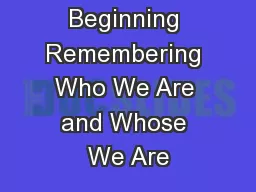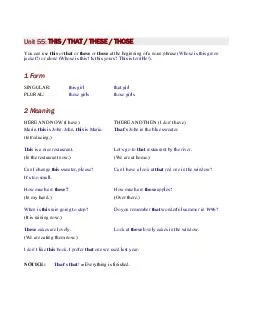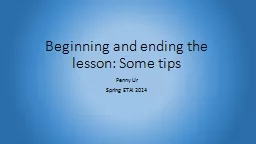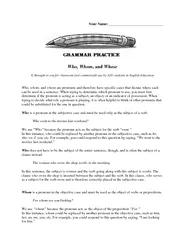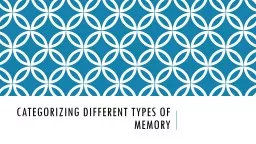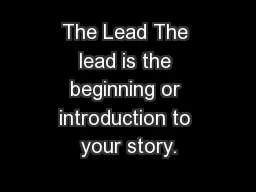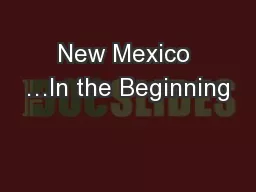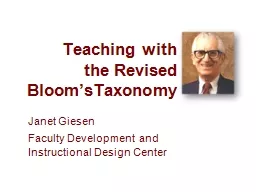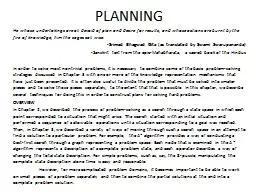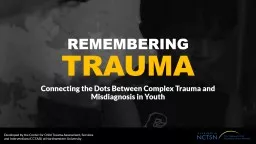PPT-In the Beginning Remembering Who We Are and Whose We Are
Author : mitsue-stanley | Published Date : 2018-10-06
The Spirit of God and Creation In the beginning God created the heavens and the earth Now the earth was formless and empty darkness was over the surface of the deep
Presentation Embed Code
Download Presentation
Download Presentation The PPT/PDF document "In the Beginning Remembering Who We Are ..." is the property of its rightful owner. Permission is granted to download and print the materials on this website for personal, non-commercial use only, and to display it on your personal computer provided you do not modify the materials and that you retain all copyright notices contained in the materials. By downloading content from our website, you accept the terms of this agreement.
In the Beginning Remembering Who We Are and Whose We Are: Transcript
Download Rules Of Document
"In the Beginning Remembering Who We Are and Whose We Are"The content belongs to its owner. You may download and print it for personal use, without modification, and keep all copyright notices. By downloading, you agree to these terms.
Related Documents

